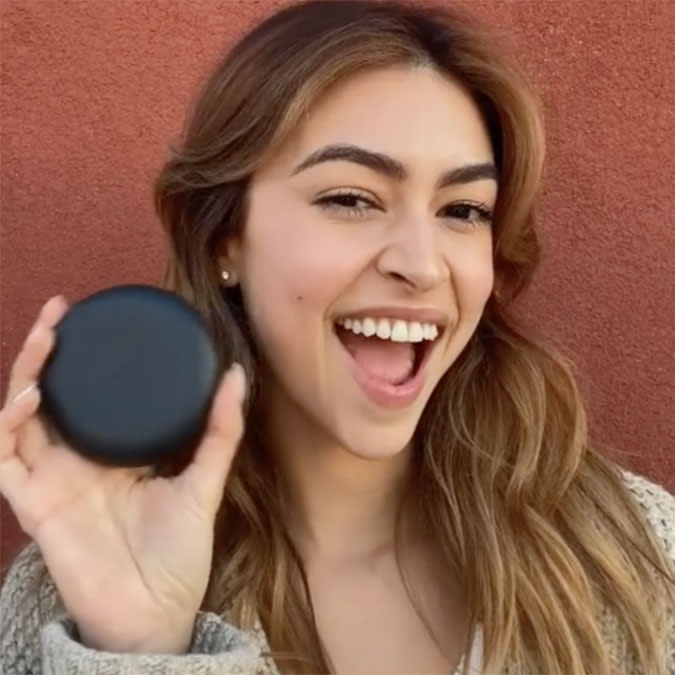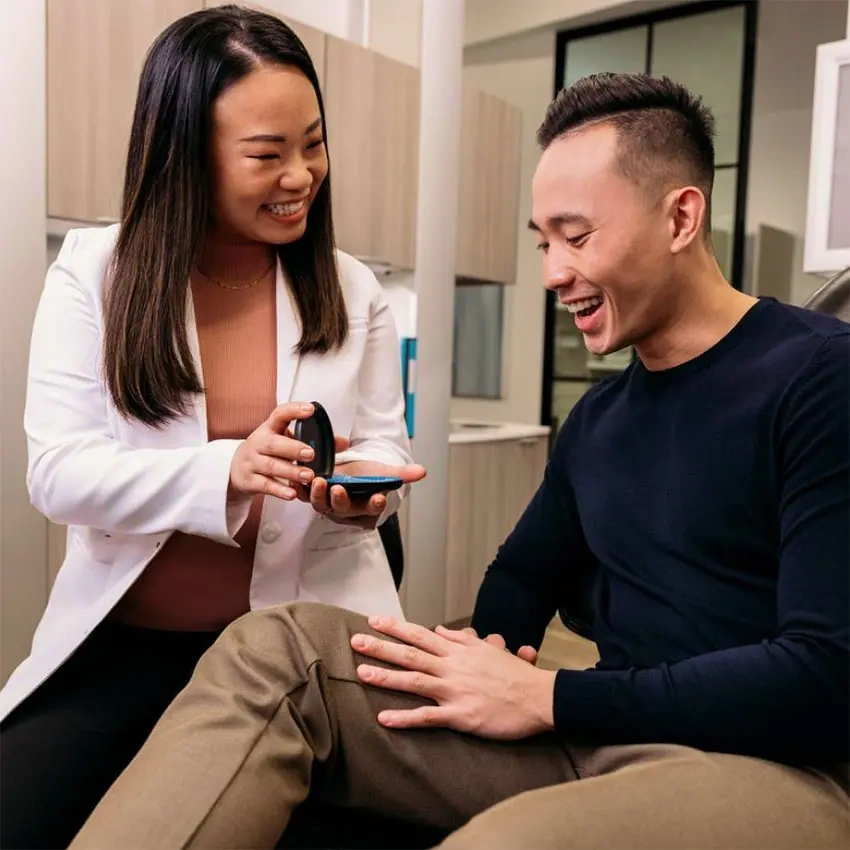
Why Invisalign® aligners?
Invisalign is the #1 doctor recommended clear aligner brand in the world.1
Discover if Invisalign clear aligner treatment is right for you.

Discover if Invisalign clear aligner treatment is right for you.

Straightening your teeth is about more than a beautiful smile—it has oral health benefits, too.
When it comes to getting the smile you want, it’s never too late to get started with Invisalign treatment.
Compared to traditional wires and brackets, the benefits of Invisalign treatment are clear.
| blank | Invisalign clear aligners | Braces |
|---|---|---|
Personalized plans with doctor-directed care | ||
Personalized plans with doctor-directed care | ||
Covered by many insurances | ||
Covered by many insurances | ||
Results in as little as 6 months5 | ||
Results in as little as 6 months5 | ||
Fewer visits to the doctor's office7 | ||
Fewer visits to the doctor's office7 | ||
Fewer emergency visits8 | ||
Fewer emergency visits8 | ||
Removable for eating, brushing, and flossing | ||
Removable for eating, brushing, and flossing | ||
Better oral hygiene during treatment9 | ||
Better oral hygiene during treatment9 | ||
Virtually invisible | ||
Virtually invisible | ||
Progress can be tracked with the My Invisalign™ app | ||
Progress can be tracked with the My Invisalign™ app | ||

Find a doctor near you and schedule a consultation to learn why Invisalign aligners are the best choice for your smile.